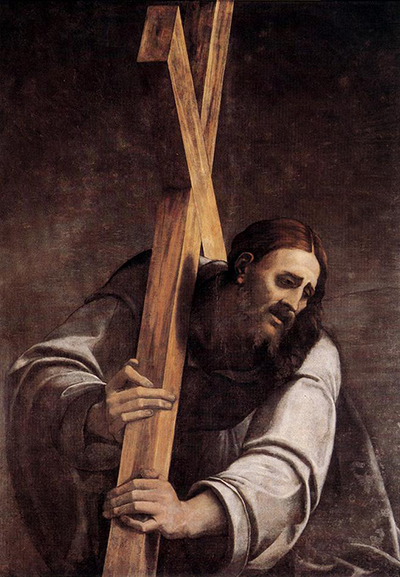Christ Carrying the Cross marks Sebastiano's contribution to this critical theme within the Christian religion
The artist completed it around 1513-1514 and it can now be found in the world-famous Museum del Prado in Madrid. It is perhaps Spain's most important art gallery and hosts an exceptional collection across a variety of art movements.
Sebastiano captures the symbolic pain suffered by Jesus Christ as he sacrifices himself for others. This powerful scene is intentionally morbid and upsetting, reminding followers of Christianity of the efforts that he made for the rest of us. Art such as this aims to keep that thought forever in our minds. The emotive narratives from the Biblical passages were are also excellent inspiration for Renaissance artists.
The specific choice of depicting Christ Carrying the Cross from all the themes on offer is believed to have begun in Milan around the 1490s within the school of Da Vinci before then becoming increasingly common within the Venetian School, from where Sebastiano's decision would have come. It was around this time that he switched to Rome but for many years the influence of his teachings in Venice were still very evident.
Don Jeronimo de Vich y Valterra would commission this artwork and at that time he was the Spanish Ambassador in Rome. As a powerful, influential figure he became a very useful connection to the badding artist who was starting to create his own reputation. Sebastiano would go on to possess several more significant donors within Rome, helped ably by his friendship with Michelangelo.
Indeed the impact of this master on his style is evident here, despite being relatively early in their relationship. There is a dynamism and sense of movement which he did not use earlier in his career. His relationship with the inspiring but tetchy artist would prove highly fruitful for his final oeuvre but was certainy hard work at times.




